Photo Gallery for Leiobunum vittatum - No common name | 68 photos are available. Only the most recent 30 are shown.
|
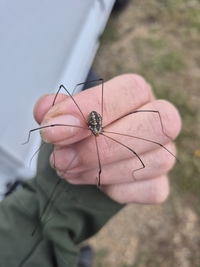 | Recorded by: K. Sanford on 2025-10-13
Bertie Co.
Comment: | 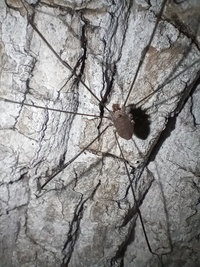 | Recorded by: Khaos on 2025-10-09
Transylvania Co.
Comment: |
 | Recorded by: Khaos on 2025-10-09
Transylvania Co.
Comment: | 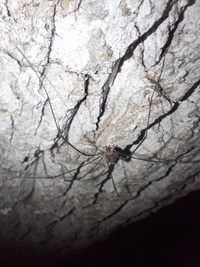 | Recorded by: Khaos on 2025-10-09
Transylvania Co.
Comment: |
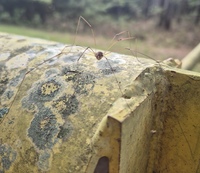 | Recorded by: K. Sanford on 2025-09-23
Bertie Co.
Comment: | 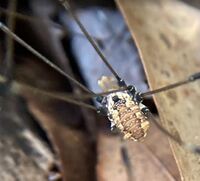 | Recorded by: Stephanie Willis on 2025-07-01
Guilford Co.
Comment: |
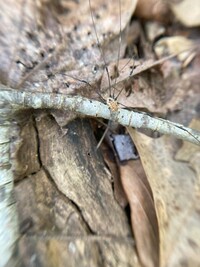 | Recorded by: Stephanie Willis on 2025-07-01
Guilford Co.
Comment: | 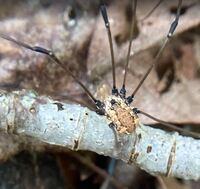 | Recorded by: Stephanie Willis on 2025-07-01
Guilford Co.
Comment: |
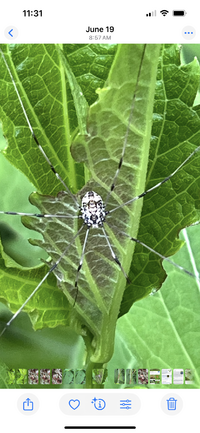 | Recorded by: Marilyn Westphal on 2025-06-19
Henderson Co.
Comment: | 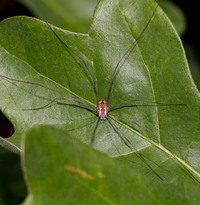 | Recorded by: Steve Hall, Jim Petranka, Becky Elkin, Meriel Goodwin, Gary Perlmutter, and Bruce Sorrie on 2025-05-24
Richmond Co.
Comment: |
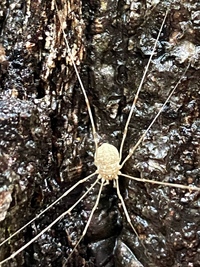 | Recorded by: Leona Buck on 2025-05-09
Mecklenburg Co.
Comment: | 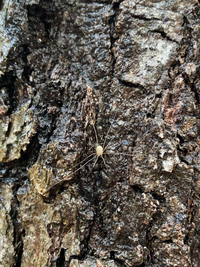 | Recorded by: Leona Buck on 2025-05-09
Mecklenburg Co.
Comment: |
 | Recorded by: Leona Buck on 2025-05-09
Mecklenburg Co.
Comment: |  | Recorded by: Leona Buck on 2025-05-09
Mecklenburg Co.
Comment: |
 | Recorded by: Steven Acesta on 2024-06-27
Forsyth Co.
Comment: |  | Recorded by: Brian Bockhahn on 2024-05-10
Chatham Co.
Comment: |
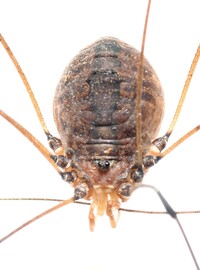 | Recorded by: Nathan Vaughan on 2023-11-22
Person Co.
Comment: |  | Recorded by: Mark Basinger on 2023-10-10
Brunswick Co.
Comment: |
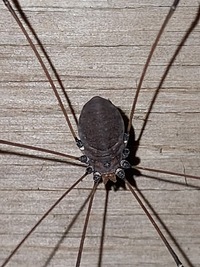 | Recorded by: Mark Basinger on 2023-09-27
Wilson Co.
Comment: | 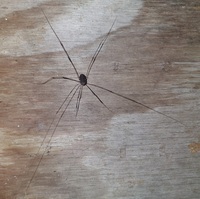 | Recorded by: Mark Basinger on 2023-09-27
Wilson Co.
Comment: |
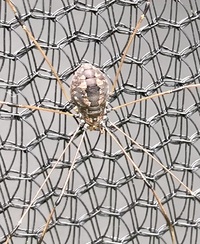 | Recorded by: Ken Kneidel on 2023-09-07
Yancey Co.
Comment: | 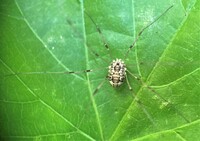 | Recorded by: Dean Furbish on 2023-05-17
Wake Co.
Comment: |
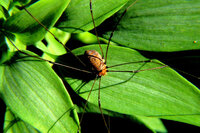 | Recorded by: Terrell Tucker on 2022-11-20
Moore Co.
Comment: |  | Recorded by: Jim Petranka and Becky Elkin on 2022-06-12
Madison Co.
Comment: |
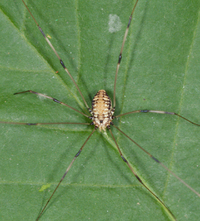 | Recorded by: Jim Petranka and Becky Elkin on 2022-06-12
Madison Co.
Comment: | 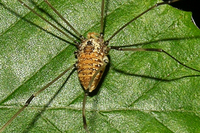 | Recorded by: Owen McConnell on 2022-06-02
Durham Co.
Comment: |
 | Recorded by: Ken Kneidel on 2022-05-31
Mecklenburg Co.
Comment: |  | Recorded by: Ken Kneidel on 2022-05-31
Mecklenburg Co.
Comment: |
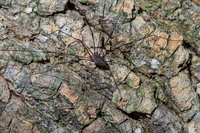 | Recorded by: Steve Hall on 2021-10-27
Durham Co.
Comment: | 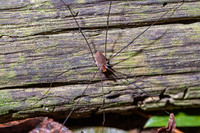 | Recorded by: Steve Hall on 2021-10-27
Durham Co.
Comment: |
|
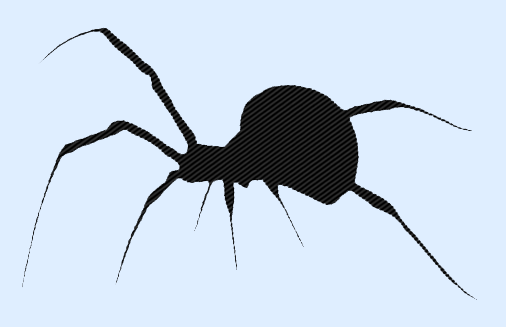
 »
»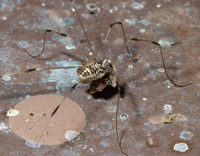
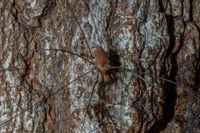
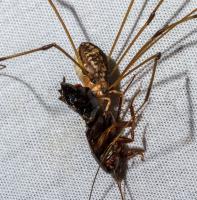

 »
»

